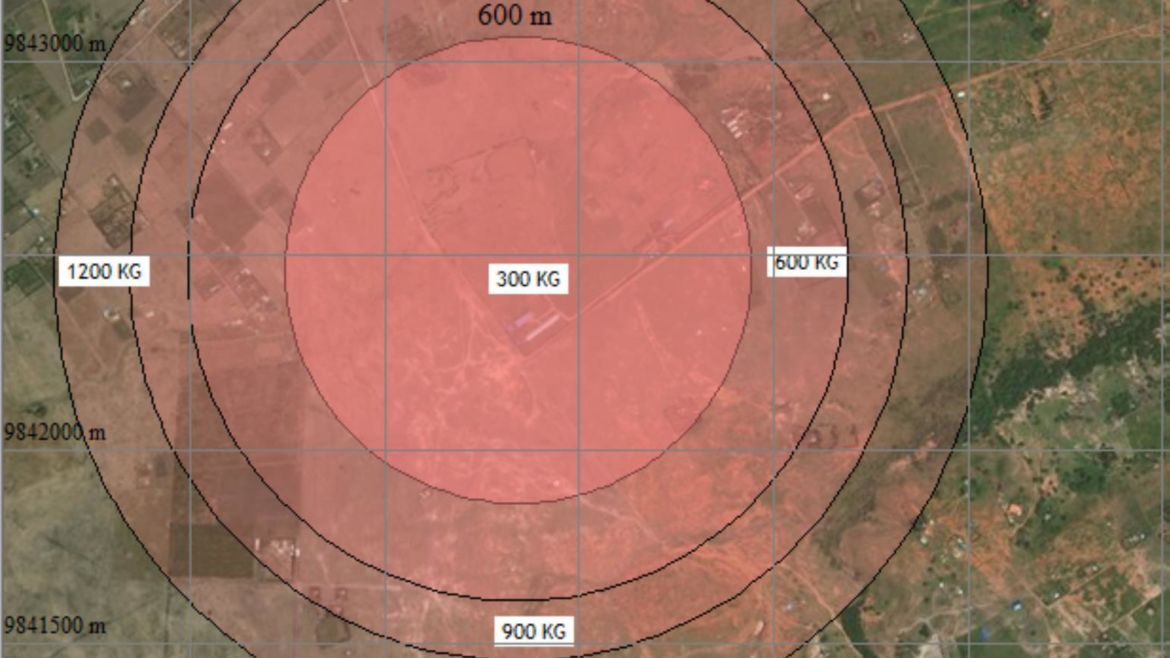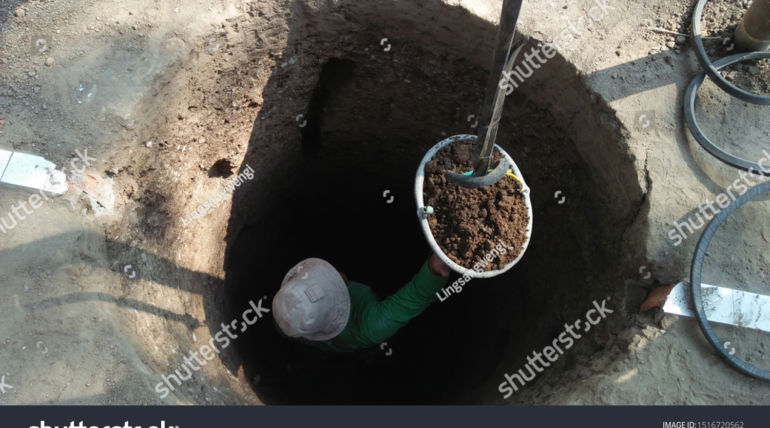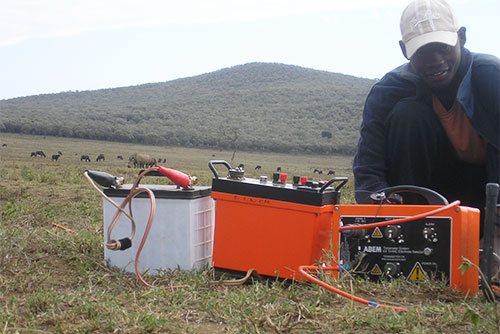With the construction of the Kenyan Standard Gauge Railway through residential neighbourhoods, it was only a matter of time before issues identified in the ESIA would surface. Some of the crushed aggregate quarries and cut-and-fill sections were located in residential areas; furthermore, the cut-and-fill areas on the track required vibration compaction.
Buildings started developing cracks and people complained of human discomfort from the blasts and vibrations. Georama was called in by the Kenya Railways and the Contractor to assess the vibration blast velocities and compaction vibrations. We provided the answers as to why some buildings farther away from the blast source were getting more affected than others that were nearer, and why there seemed to be selective destruction given the same quality of structures.
Georama also developed a model to guide the Contractor on the amount of explosive charge to be used during blasting and the expected radius of impact, which worked very well and whenever the Contractor exceeded the recommendations, the effects were felt.

Typical user-interface presentation of the maximum safe charge weight


